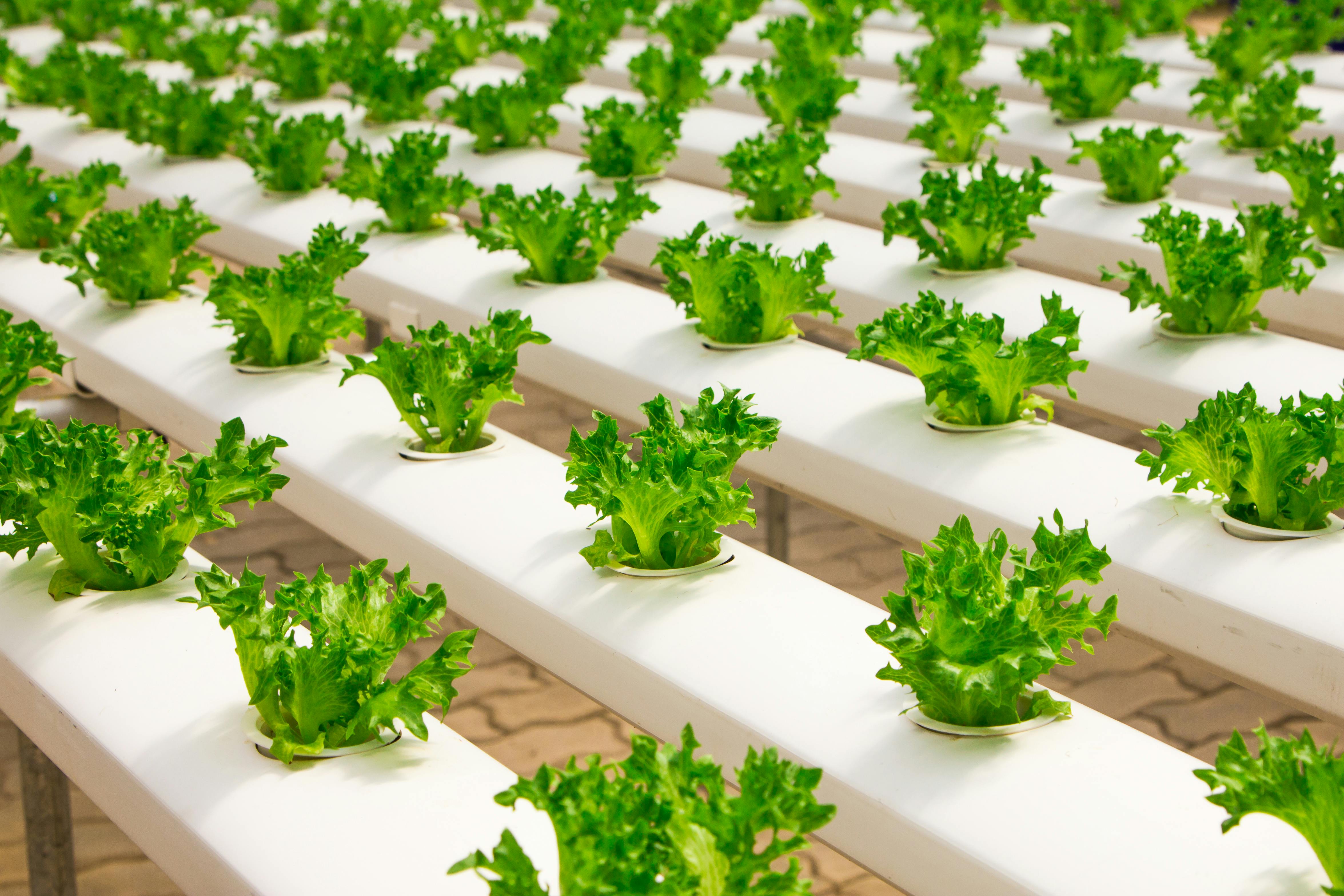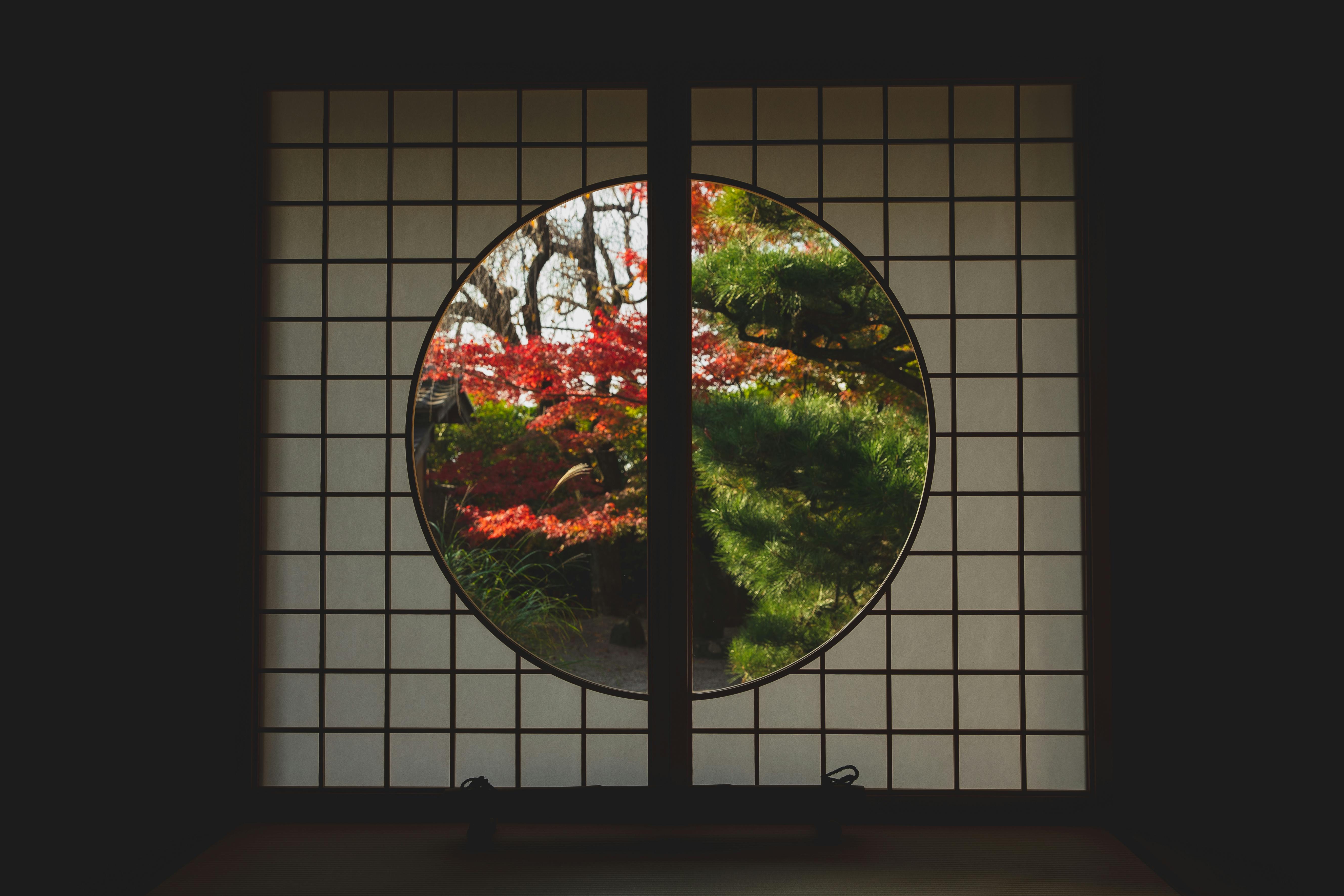Gardening can be a fun and rewarding activity. It is also a great way to get some exercise, reduce stress, and enjoy the outdoors. Growing a garden can be done in almost any space, whether it’s indoors or outdoors, and with just a few tools and supplies. With the right knowledge, you can easily grow vegetables, herbs, fruits, and flowers. This guide will help you get started on your journey to becoming an expert gardener!Growing a garden from scratch is an achievable and rewarding experience. Here are some steps to get you started:
1. Decide what you would like to grow in your garden, and research the best practices for growing those plants. Consider the size of the space you have available, as well as the amount of sunlight and water the plants will need.
2. Prepare the soil by clearing any weeds or debris, then digging up the soil to a depth of at least one foot. Use a garden fork or spade to mix in organic material, such as compost or aged manure, to improve
Preparing the Garden Soil
Before planting your garden, you need to prepare the soil. This is an important step in creating a healthy and productive garden. Preparing the soil involves removing weeds, rocks, and other debris from the area. You should also add organic matter such as compost or aged manure to improve the soil’s fertility and texture. Adding these materials will help create a loose, airy soil that is easy for roots to penetrate. Additionally, it is important to test your soil for pH levels and adjust them accordingly with lime or sulfur if necessary.
Choosing the Right Plants for Your Garden
Choosing the right plants for your garden can be an overwhelming task. When selecting plants, you’ll need to consider the climate, soil type, and size of your garden. You’ll also want to think about the look and feel of your space and how much maintenance you’re willing to do. Taking all of these factors into consideration will help you decide which plants are best suited for your garden.
Climate is a key factor to consider when selecting plants for your garden. Different plants thrive in different climates
Planting Seeds and Seedlings in Your Garden
Planting seeds and seedlings is an important part of any garden. Whether you are starting from scratch or just want to add a few new plants to your existing garden, planting seeds and seedlings is the way to go. There are several factors that will affect how successful your plantings will be, including the soil type, amount of sunlight, and water availability. To ensure your plants thrive, it is important to understand the basics of planting seeds and seedlings in your garden.
The
https://images.pexels.com/photos/348689/pexels-photo-348689.jpeg
Watering Your Garden
Watering your garden is an important part of maintaining a healthy and productive garden. It is important to ensure that the soil remains moist and that the roots of your plants are able to absorb the necessary nutrients for growth. The amount of water required for your garden will vary depending on the type of plants you have, as well as the climate where you live. When watering your garden, it is best to do so in the early morning or late evening when temperatures are cooler, as this helps minimize water loss due to evaporation. Water should be

Controlling Weeds in Your Garden
Weeds can be a real pain when you’re trying to keep your garden looking neat and tidy. Fortunately, with some patience and effort, it is possible to control the weeds so that your garden can look its best. Here are some tips on how to get rid of weeds in your garden:
The best way to control weeds is to prevent them from growing in the first place. Make sure you remove any existing weeds before they have a chance to spread their seeds. If possible
Dealing with Pests in Your Garden
Pests can be a real nuisance in your garden, causing problems like stunted growth, damage to plants and fruits, and even the spread of disease. Fortunately, there are several steps you can take to protect your garden from pests and keep them from wreaking havoc on your gardening efforts.
The first step is to identify the pests that are most likely to be affecting your garden. Common culprits include insects such as aphids, spider mites, caterpillars and beetles, as well
Pruning and Deadheading in Your Garden
Pruning and deadheading are important garden maintenance tasks that help keep your plants healthy, vibrant, and blooming. Pruning is the removal of unwanted branches or stems from a plant while deadheading is the removal of faded flowers. Both of these tasks can help improve the overall health of your garden and make it look more attractive.
Pruning should be done regularly throughout the growing season to keep plants from becoming overgrown or unruly. When pruning, it’s important to make sure you are cutting

Conclusion
Growing a garden is an incredibly rewarding experience. It can be a great way to bring beauty and life into your home and to enjoy the fruits of your labor. There are many different types of plants that you can grow in your garden, and it may take some trial and error to find what works best for you. You should consider things like climate, soil type, and water needs when selecting plants for your garden. Additionally, you should practice good soil preparation techniques such as tilling and composting, as well as proper watering, weeding, and harvesting techniques to
